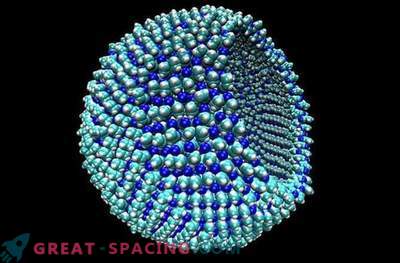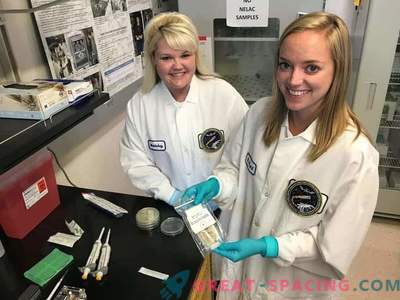
Determining the main genes necessary for life can not only shed light on the secrets of how biological species got their beginnings on Earth, but also shed light on the hunt for life outside our planet.
In one of the intermediate stages of the study published in Science this week, a team led by the Craig Venter Institute reported on the creation of a bacterial cell containing the minimum number of genes necessary for life and self-reproduction.
By reducing the genetic code, scientists hope to find out more about what makes organisms alive and healthy. This information will eventually be applied to human health and longevity.
The process of analyzing a cell, known as JCVI-syn3.0, can turn back an evolutionary clock to reveal processes from the beginning of life, both on Earth and, possibly, on other worlds.
“We can see some of the processes that occurred at the beginning of evolution,” said microbiologist Clyde Hutchison, lead author of the Science article.
“It will be very interesting to look at the different functions (genes) that exist now, and find out how you feel when you bring life, functioning, self-replicating cells together, and see where they all came from and how life might have been made before,” told Discovery News the founder of the institute and CEO Craig Venter. “In my opinion, when you have the same chemical components, they seem to always come together to form the basic building blocks of amino acids and bases of DNA and RNA. Therefore, I am sure that life is inevitable wherever these chemicals exist, and we will find life omnipresent throughout the universe when we can move away from Earth far enough, ”he said.
The technique of the design, construction, and subsequent genome verification team also has potential applications for identifying extraterrestrial life.
“The whole program began with ones and zeros (on the computer) and four bottles of chemicals,” said Venter.
“We proved that we can send this life through the Internet in the form of a code and restore it elsewhere. So if we sent a DNA sequencing machine to Mars and got the DNA from there, we could easily detect this code and just send it back from the speed of light to Earth, ”he said.
Syn.3 has 473 genes, but Venter and his colleagues cannot identify exactly those 149 of them that are actually capable of supporting the cell.
“We hope that in the near future, we will have everything we need in the cell and understand what is needed. But when you do something blindly, as it happens with us in the case of working with one third of the genes, this is a road of trial and error, ”said Venter.











































